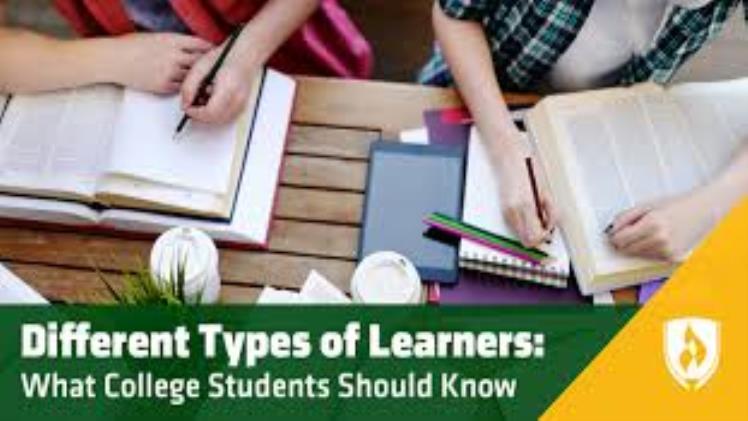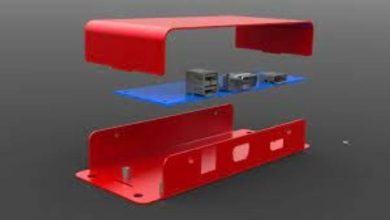Types Of Learning

Learning is characteristic of human beings, a continuous process that lasts the entire length of a person’s life. However, it is initiated in the early years of a person. Students pursue academic knowledge and the general understanding of life that helps them become individuals with personality traits and particular skill sets.
Presently, learning is possible through multiple mediums. Besides traditional offline learning- online course selling has emerged as a popular and reliable source. It might seem like a new concept, but variations in learning types have always existed.
Plz Visit For Door Handle
Here are the learning types;
Imitation learning
When students see and imitate information and process it by audio or visual aid, it is called learning by imitation. Every platform to sell courses online uses this as it is conveniently flexible and readily available. Students find audio and visual aids interesting enough to pay attention and imitate information.
The behaviors of parents and educators also develop similar behavioral patterns among students. This could also be called learning by imitation because they practice what they observe. Become an expert in Oracle Fusion SCM Training with comprehensive training and support. Take your skills to the next level and unlock new opportunities.
Learning by condition reflexes
Condition reflexes are the basic unit of a person’s life- they learn this in the first five years and keep developing with experience. Natural responses by students develop from regular activities. They learn to not touch an extremely hot surface then feel how hot it could be, and it can burn them. Similarly, developing artificial stimulus is also possible through conditioned reflexes.
Ivan Pavlov, a Russian Scientist experimenting with a dog, first observed this. The conclusion was that we cell I’ve it at the site of good food because we are conditioned to think it might be tasty as it appears delicious. Similarly, students can be conditioned to experience environments and learn about them through observation. Their response to the environment is a learning activity.
Trial and error method
Mostly relevant for animals, students can also participate in trial and error learning methods due to their accuracy and result-oriented nature. It allows freedom of thought and expression among children at kindergarten levels. By personally trying to learn something, students go through a chain of failures and successes before they achieve the goal. It might sound discouraging at first, but once they realize that at least one of the methods or answers would be correct, they prefer to keep trying rather than not get an answer at all.
It was first coined in 1986 by Thorndike- he was initially studying animals with trial and error methods but figured it would also work with children and adults. He suggested two types of trial and error learning-
- Tool learning: Students are assisted with tools to guide them to learn.
- Place learning: It is the method or process to find the correct place that helps students get to the goal. It has a negative and positive adaptation. In positive adaptation, students find the correct goal at the correct place, and in negative adaptation, they give up due to continuous series of errors and inability to find the correct goal despite putting a lot of effort. Both adaptations have implications for learning that teachers observe and take necessary actions.
Learning by insight
Education focuses on attracting the interest of students towards subjects and grabbing their attention so they absorb information, and develop problem-solving and learning qualities. In learning through insights, teachers or other stakeholders of an academic system set goals students must reach in a given period. Educators use logical reasoning observation and generalization to create insight.
It was coined in 1927 through the Thorndike experiment. The scientist who discovered the trial and error method was also successful in proving the importance and variation of learning by insight. Here, a person does not keep trying different methods of solving the problem, they instead learn from enough resources to gather insight that helps them solve the problem in the first attempt. How quickly a child can solve a problem with insights or background basic knowledge they receive in classroom sessions shows inside capacity.
We have two types of learning by insight;
- Hindsight, counting on the benefit any resulting activity would give.
- Foresight is the capability to judge the probability of every possible result and which result is obtainable through any set of actions.
Of all the learning types, trial and error remain the most popular and insight the most result oriented.




